Module
The truth of your ‘oily’ clothes
Created by
Redress
,
2025
Quick Access
Learn more fashion industry terminology from the Glossary.
Quick Access
Learn more fashion industry terminology from the Glossary.
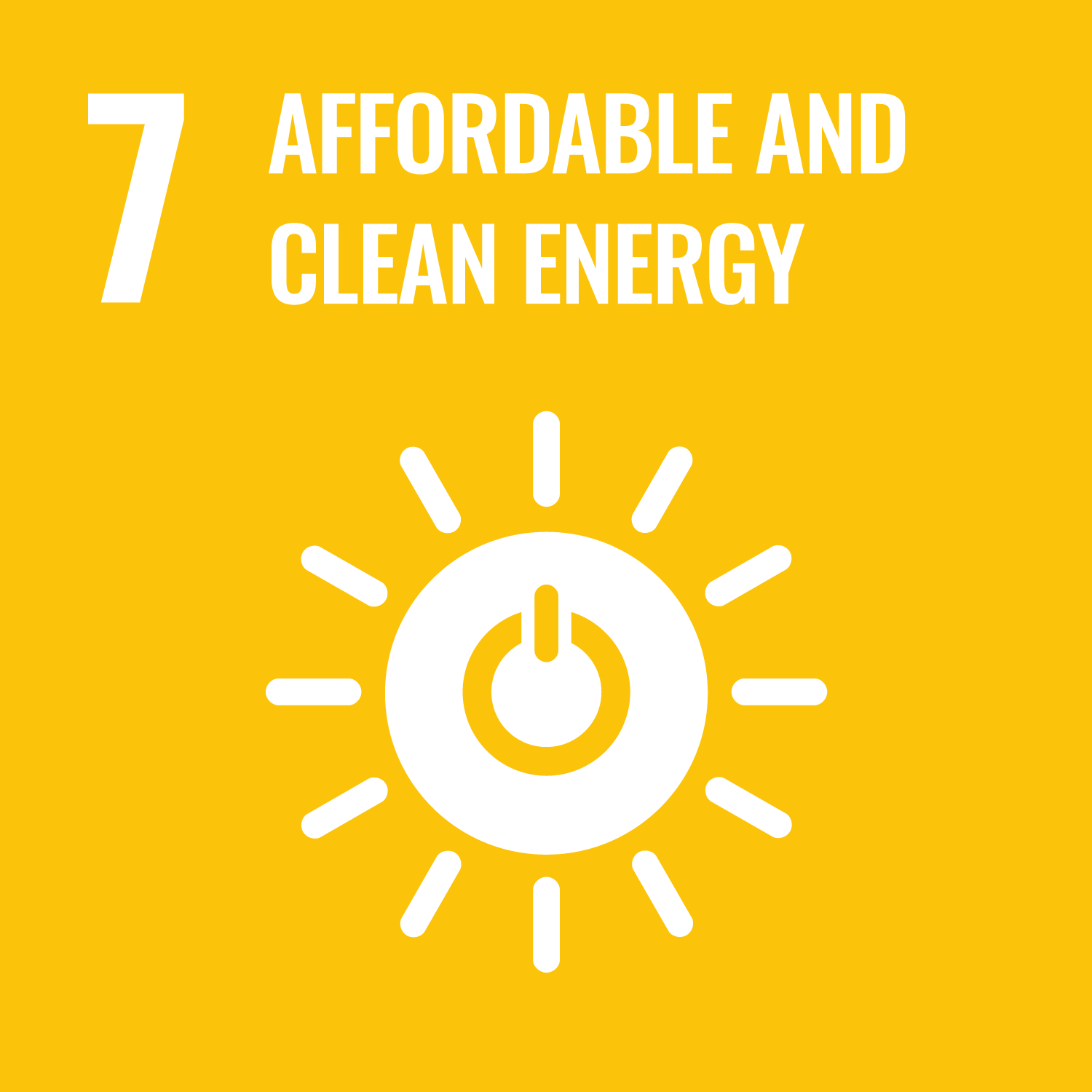
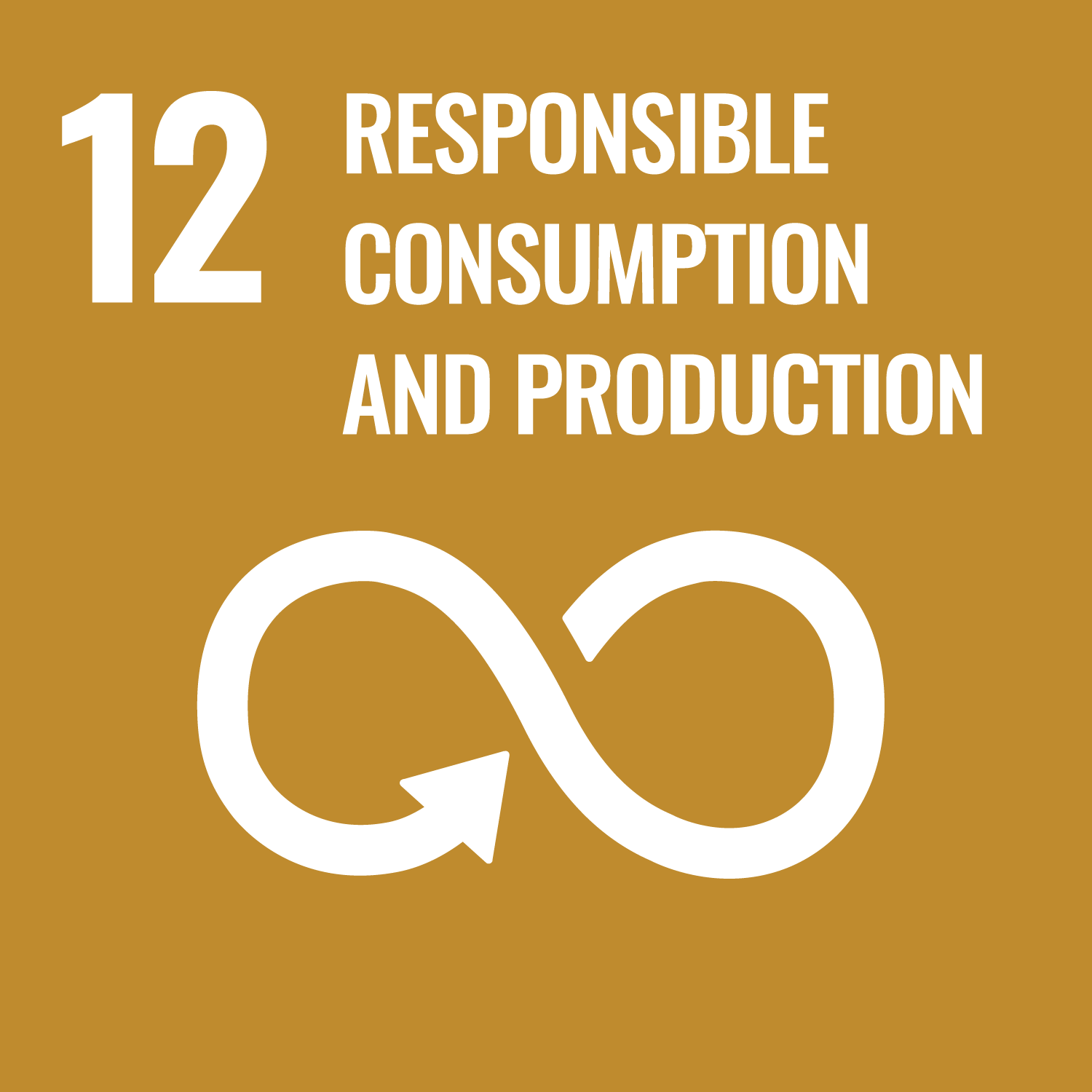
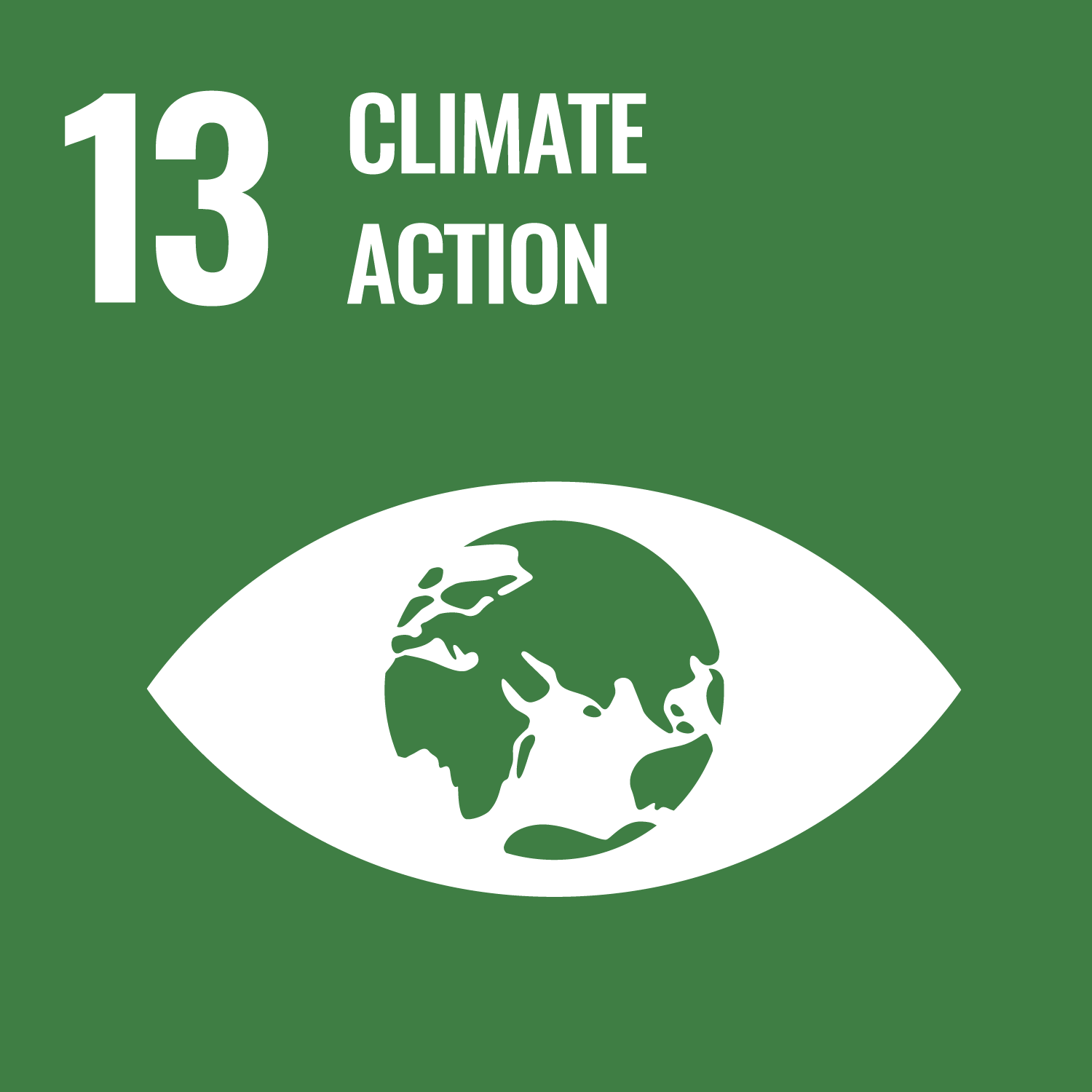
Credit: United Nations
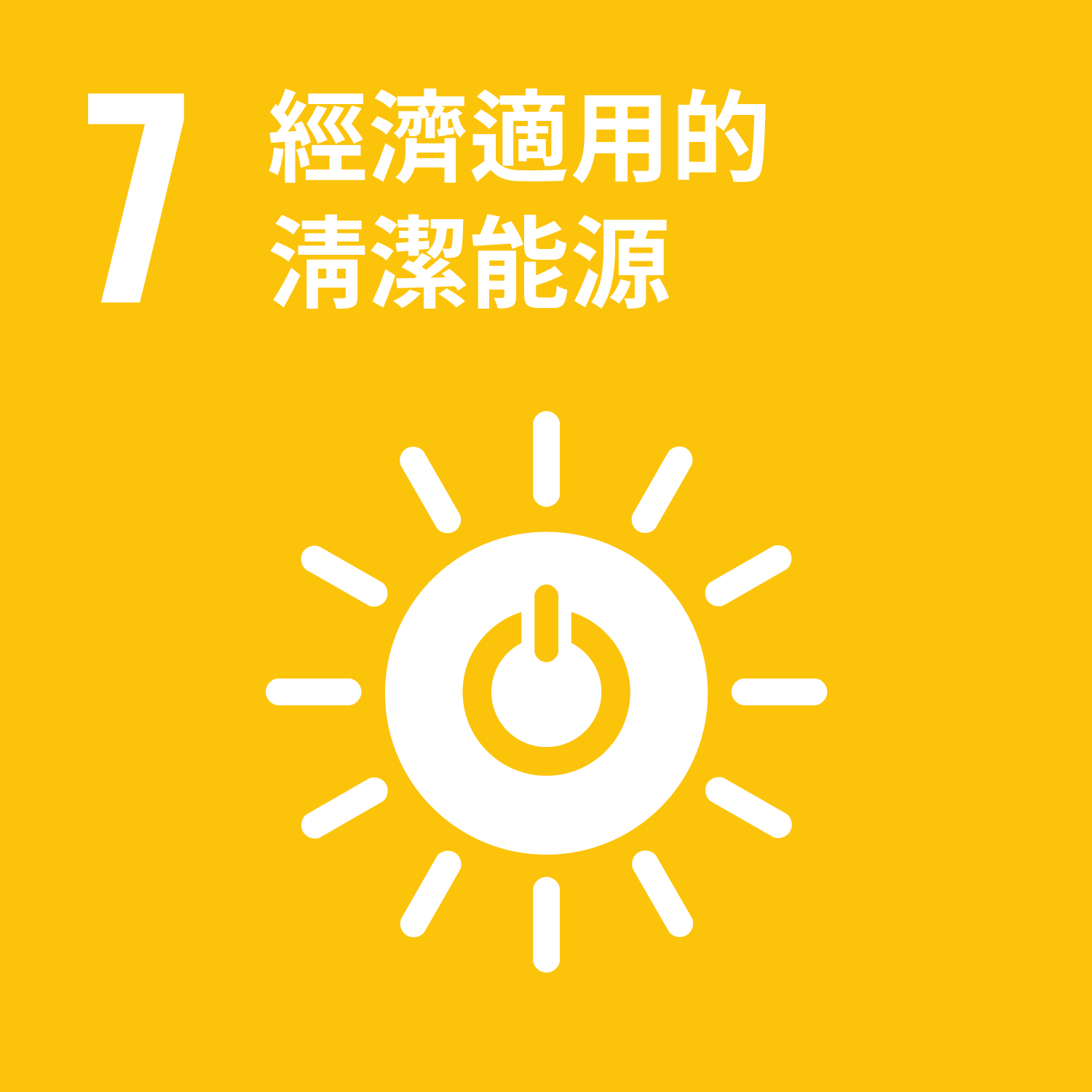
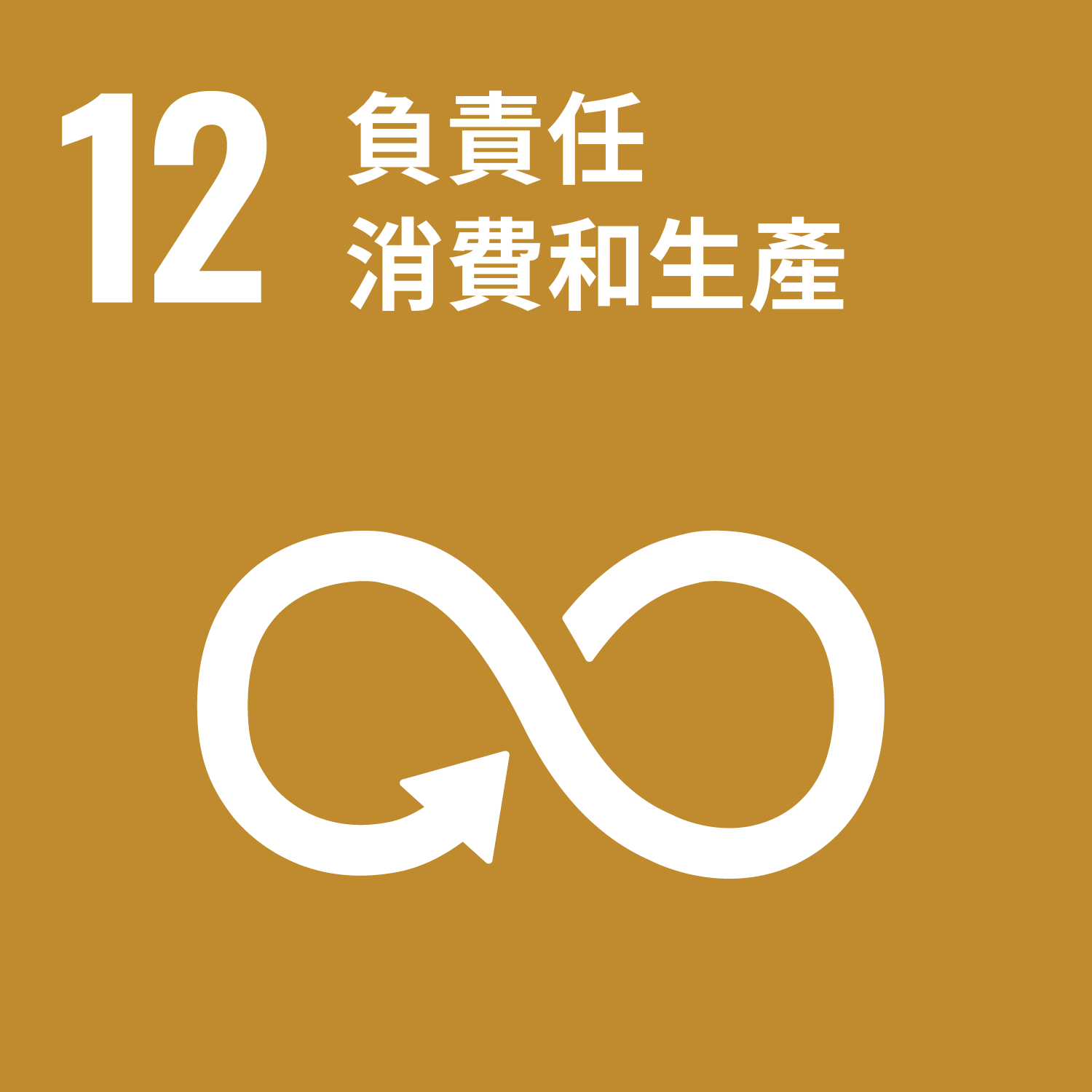

Image credit: Redress
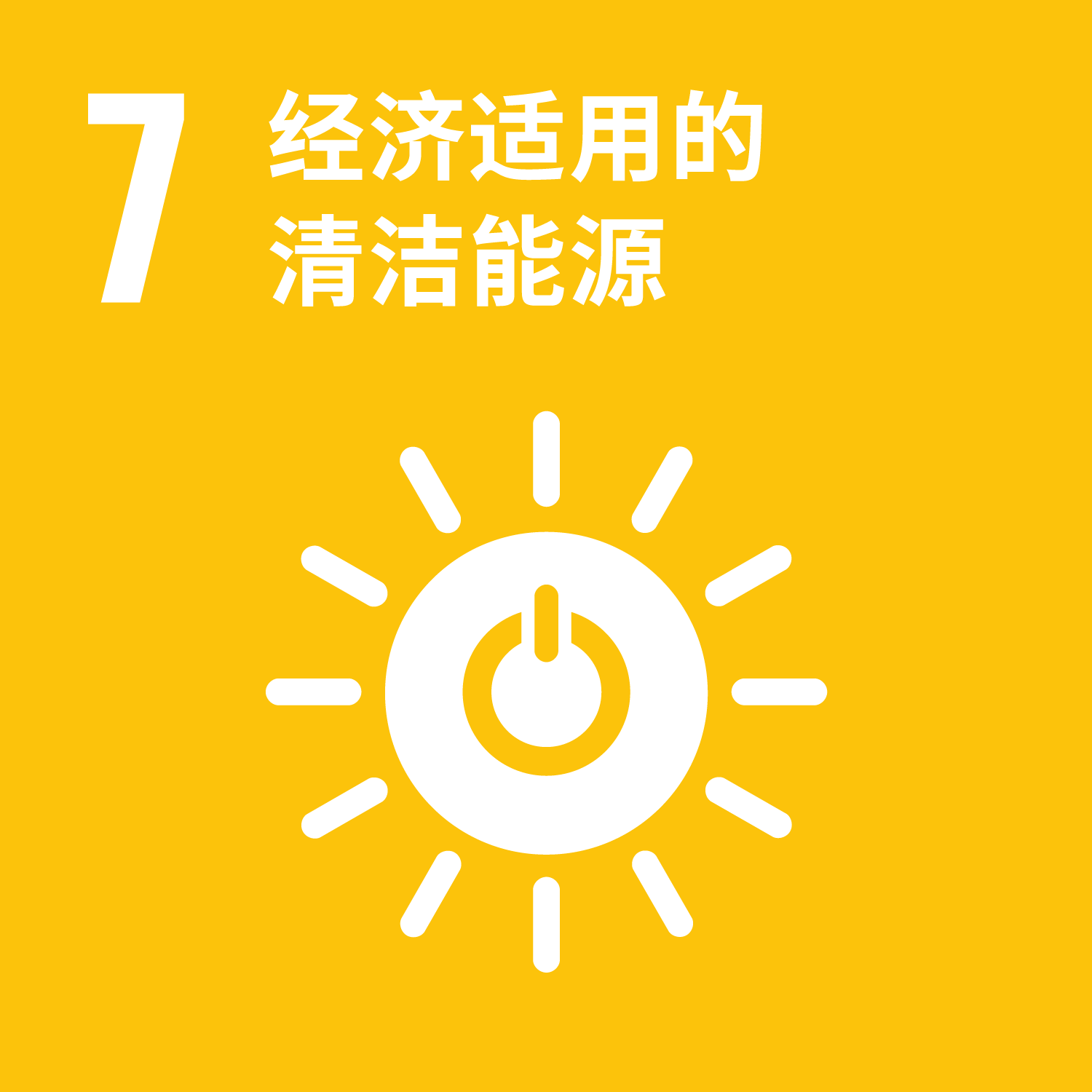
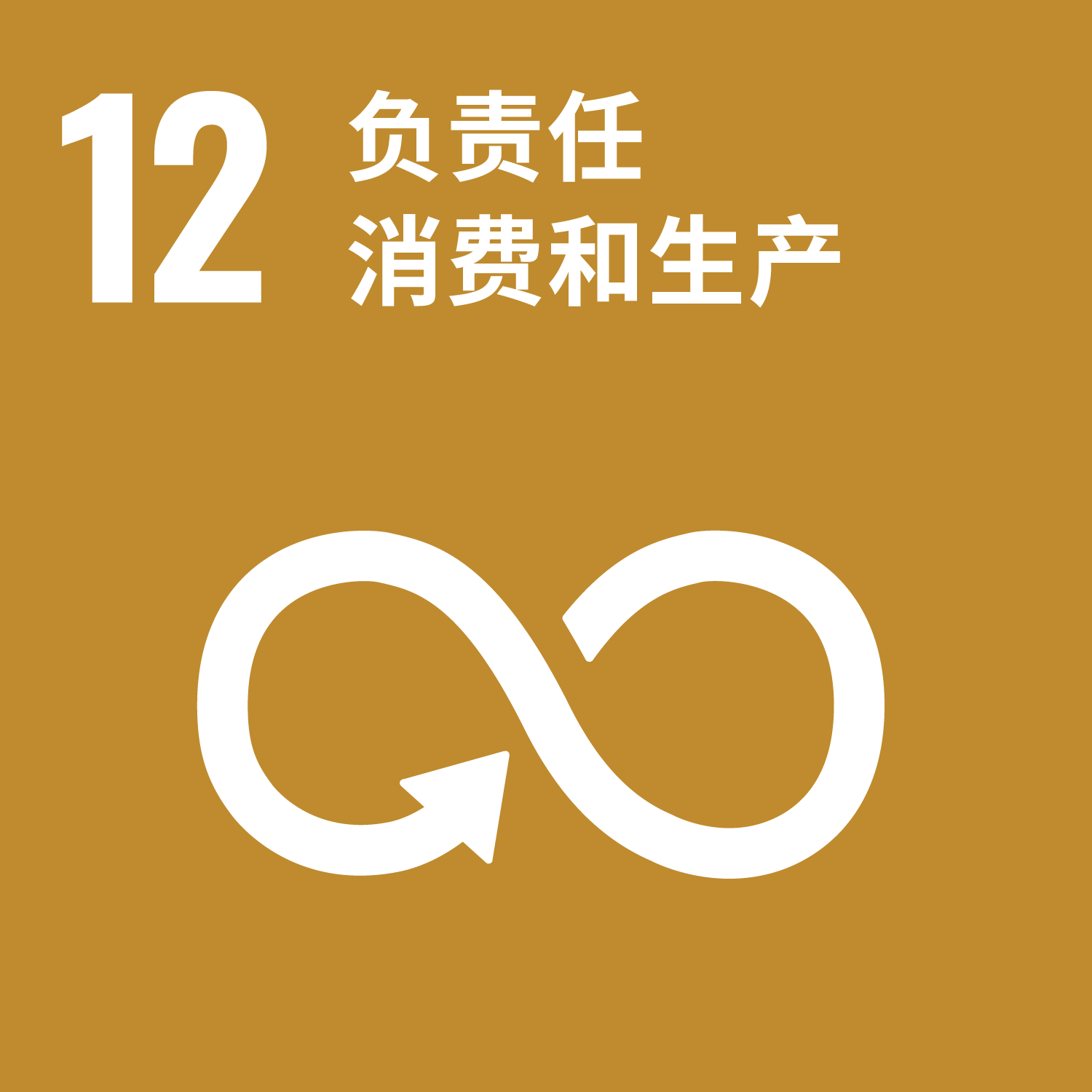

Image credit: Redress
Fashion is one of the most glamourous industries in the world — but it’s one of the world’s most polluting industries too. Making our clothes uses up large amounts of valuable natural resources, including water, land, trees, and even oil!
But what is oil? Oil is a type of fossil fuel. Fossil fuels are the product of decomposition of organisms, plants, and animals that lived millions of years ago. The procedure happens deep under Earth’s crust and over millions of years as heat and pressure from thick layers of rocks help to change the decayed organic remains into fossil fuels. These fuels include oil, coal, and natural gas.
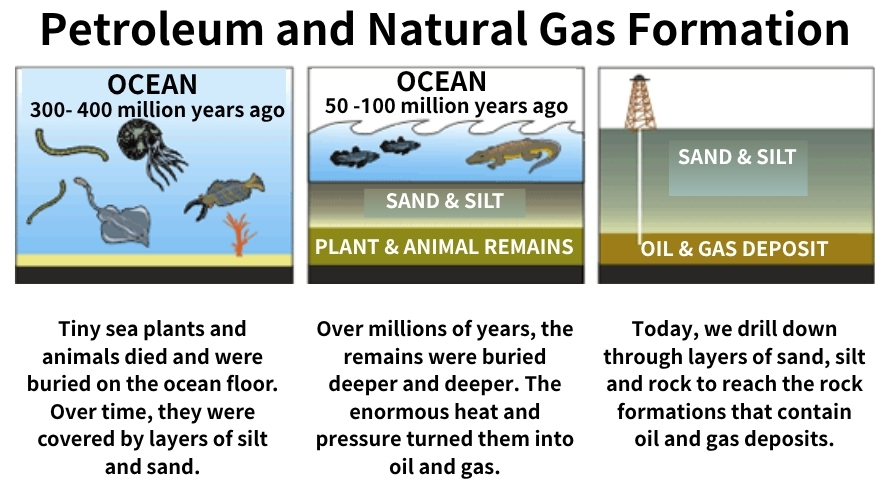
Credit: U.S. Energy Information Administration
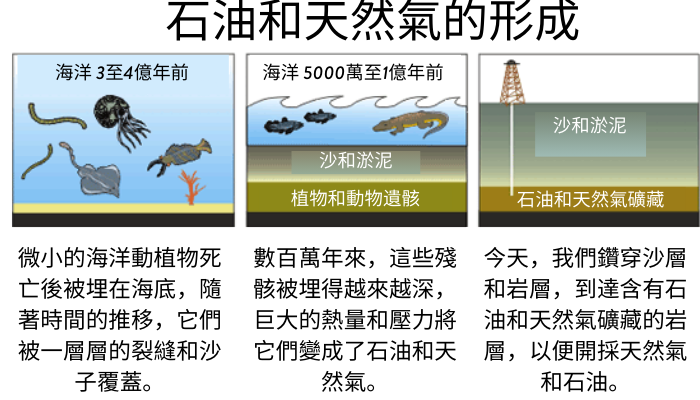
Credit: U.S. Energy Information Administration
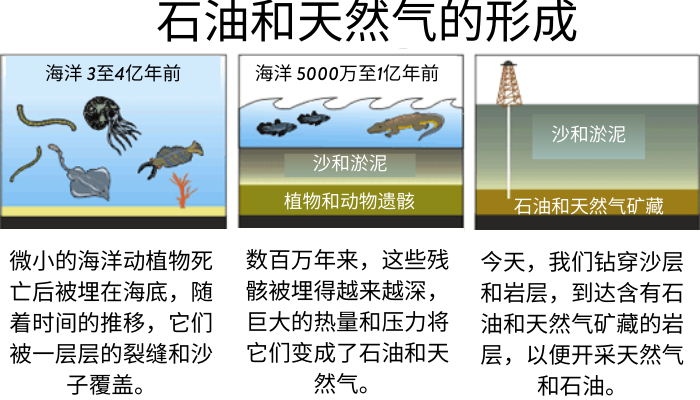
Credit: U.S. Energy Information Administration
Fossil fuels are a non-renewable depleting resource, which means that when we use up what is left underground, it will be gone forever.
For over 400 years, extracting and burning fossil fuels has been our primary source of energy to make electricity. We burn coal to generate heat, and burn oil for energy. But fossil fuels are also valuable for something else… making plastics!
When burned, fossil fuels release large amounts of carbon dioxide and other greenhouse gases, contributing to global warming and climate change.
In this module, we’ll take a look at how oil is used, from making synthetic materials like polyester, to providing energy for the factories that make our clothes. We will also learn about how these issues affect both people and our planet.
1. Is there oil in my clothes?
Making synthetic fibres
Synthetic fibres, such as polyester or polyamide (nylon), are actually plastic in the shape of a very thin filament. This means that oil is used to create them.
In 2023, synthetic fibers accounted for 67% of the global textile fibre market, and polyester is the most commonly used fibre in our clothes.1 Producing synthetic fibres uses an estimated 342 million barrels of oil every year2, equivalent to 33,250 10-hour flights3. The process of extracting oil and converting it to polyester is energy-intensive and causes high levels of air pollution.
First, the oil has to be extracted from our soil and processed in a certain way to be able to obtain a plastic material in the shape of little chips.
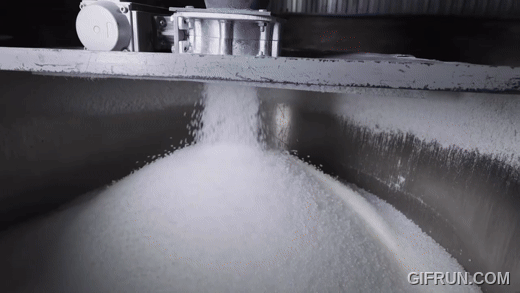
Credit: AYA (2023), ‘How Fast Fashion & (Recycled) Polyester Create The Microplastics In Our Blood’. YouTube.
The plastic chips have to be heated up so they can melt. The gooey plastic is then passed through a grid with tiny holes to obtain many thin filaments.
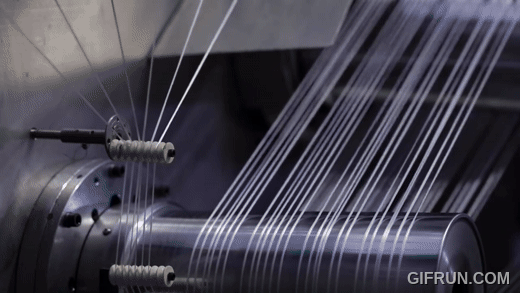
Credit: AYA (2023), ‘How Fast Fashion & (Recycled) Polyester Create The Microplastics In Our Blood’. YouTube.
Then, the filaments are cooled down a bit, stretched, given some texture, and then cut into shorter fibres. Finally, the fibres are all twisted together to be spun into threads. These threads are then woven into fabric for our clothes.
Synthetic fibres cannot biodegrade and they will only become microplastics as they break down in our landfills, which is polluting. The industry needs to reduce the need for synthetic fibres, but this is challenging because:
- Making synthetics fibres is cheap compared to other fibres
- In some situations, the properties of synthetic fibres are better than other non-plastic fibres: when we need stretch for our gym clothes, or water-resistant properties for our ski jackets, synthetic materials are inevitable.
As consumers, the goal is not to eliminate our use of synthetic fibres, but to choose more natural fibres in our day-to-day clothing.
Dyeing clothes
Oil is also used to create colours (also known as dyestuff) for fabrics. In the past, colours used to come from nature: from fruit, leaves, or even some insects. But nowadays, because of high demand and big production volumes, we rely on industrial and chemical processes that transform oil into colours.
2. Fashion is energy-hungry
Apart from using oil to make synthetic materials and colours, oil and coal are also in heavy demand to generate energy as electricity and heat.
Electricity is required for many steps in clothes manufacturing, from spinning to dyeing, drying, and sewing. Each step involves hundreds of machines, as well as lights and ventilation that usually run non-stop to support the large volumes of clothing production around the world. Coal is also often required to heat water and create the steam necessary for the dyeing and finishing processes.
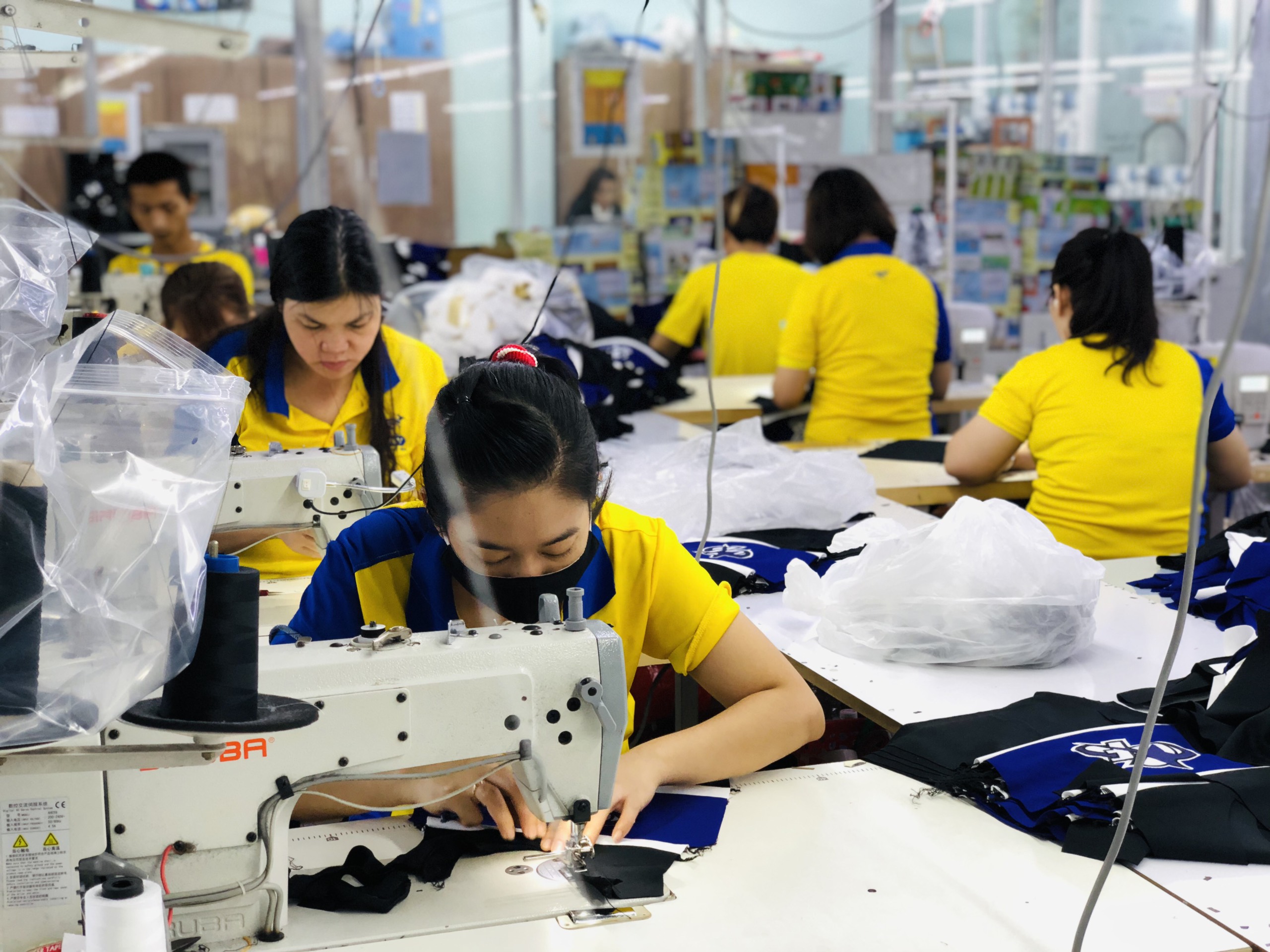
Credit: Issue Wire, Vietnam Manufacturer
Oil is also required as fuel for boats, trucks, and planes that transport materials and products. Clothes are usually made in countries outside of where the fabric or the fibre came from. And then these products are shipped all around the world to different shops, or even directly to our homes through online shopping. For example, your T-shirt might be designed in England, using cotton grown in the United States, and then the fabric might be made and stitched together in India, before being shipped to multiple shops around the world.
Keeping clothes clean

Credit: Laundry at Home, Stocksy
Washing and drying clothes is a daily chore in all households around the world. On average, a family of four can expect to do between 6 to 8 loads of laundry per week. But more than just a necessary chore, it’s also a major consumer of energy. Between electricity and hot water, a washer and dryer can account for about 10% of total energy use in your home. 4
QUICK TIPS
Now that we know how non-renewable fossil fuels (such as oil and coal) are used for the making and maintaining of our clothes, we need to make sure we cherish them and take better care of them. Here are some tips:
- When buying new clothes, avoid synthetic fibres when possible. This way you reduce the amount of microplastics released in the waterways during washing, and you help preserve our precious oil resources.
- Buy locally made fashion ! This will reduce the carbon footprint due to shipping.
- Save energy when washing your clothes. Wash in full loads, and use cold water!
Footnotes
1 Textile Exchange, 2024, Materials Market Report
2 Ellen MacArthur Foundation (2017), A New Textiles Economy
3 Estimation by Redress, 2024
4 Central Hudson, ‘10 Tips to Save Energy in the Laundry Room’
